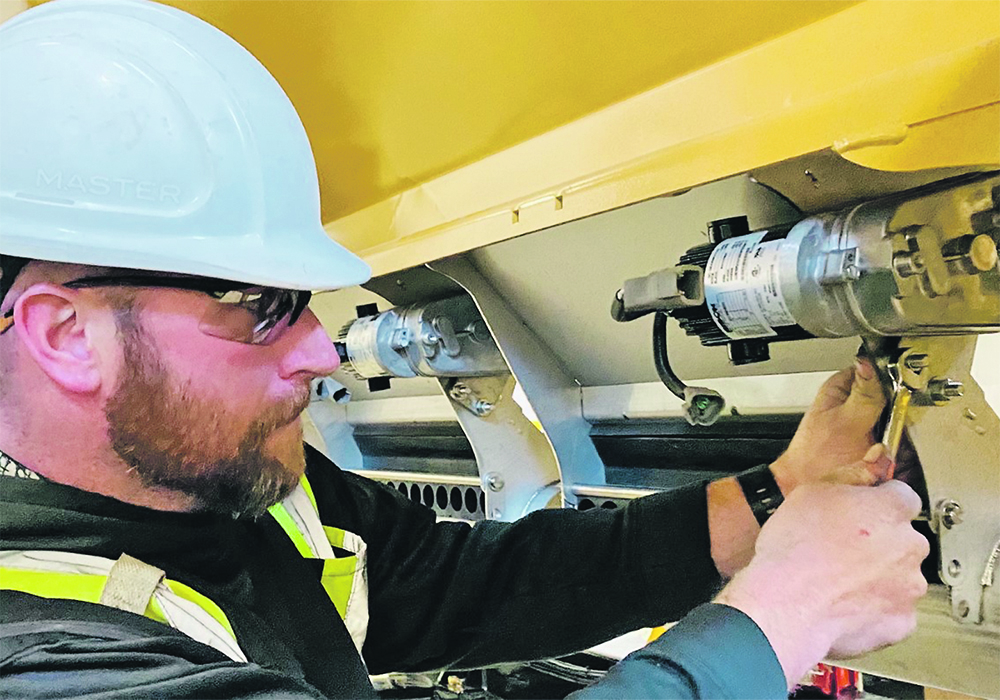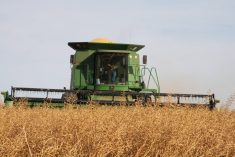If SeedMaster accountants, salespeople, engineers and senior executives aren’t in their offices this winter, check the factory floor. They’ll be turning wrenches, welding, running hydraulics lines and assembling new drills.
Working in the plant is a typical winter day on the job for SeedMaster managers says Tim Criddle, the company’s global sales director. Having spent enough winter-build time in the plant, he understands the job of selling is meaningless without the job of building.
SeedMaster met all its delivery commitments in the past three years, and will meet them again for spring of 2023. He says the extra hands they get by putting management in the factory has a lot to do with defending their reputation for delivering drills on time.
Read Also

Crop quality looks good this year across Prairies
Crop quality looks real good this year, with the exception of durum.
“We’ve pulled out all the stops to make sure we deliver. This is an all-hands-on-deck effort,” said Criddle.
“For three months last winter, myself and all my territory managers and our CEO Don Henry and other desk people assembled drills. We did everything we could to move it along as it got cut, welded, painted and moved to assembly. We had people from our accounting department and everyone else pulling the rope in the same direction to make sure every farmer got his drill on time.
“We very deliberately cut sales off because we did not want to be in a situation where we had to alter delivery dates. We all know you don’t have a supply chain problem until you have a supply chain problem. We all know that at the end point, you can get that welcome phone call from a supplier, and the whole house of cards comes tumbling down.”
Moving white-collar workers into blue-collar jobs is only one part of the SeedMaster strategy to meet delivery commitments, says Criddle. The other strategic component is balancing inventory against sales numbers.
“Last year, we were the only drill manufacturer we know of to meet every single retail delivery on time.
“Over the past two years we have managed to very cautiously balance significant production increases with having the materials and people to meet the deadlines.”
“In that time, we’ve had three major production increases. One hundred percent increase, followed by another one hundred percent increase, followed by a 60 percent increase. We have worked hard to get ahead of the supply chain issue. Our working capital is consumed by our production inventory, which is double what we would normally carry. If we don’t have it, we can’t produce it.”
He concedes that if all the implement manufacturers hoard steel, then they are all contributing to the supply chain problem. But it’s the only way a company can continue building units.
“We sold our entire 2022 production by June of 2021. But after that, we faced cost increases ranging from 15 percent to 50 percent. Some components had a price increase more than 100 percent. We honoured all our retail commitments and ate the cost increases at great expense. We met all our retail delivery commitments in time for spring seeding,” he said.
Criddle spends a lot of time on the road, travelling to dealerships with his territory managers. He observes that farmers are desperate for new drills. He says they walk into a dealer, and the first question they hear is “Can you deliver a new drill?”
“We’ve seen a fair number of horror stories from competitor dealers. A farmer signs a contract for a new drill and trades in his old machine. Then he’s notified the delivery will be in the summer sometime. He goes to the dealer to get his trade-in back, but it’s already sold. Gone.
“We tell our dealers that when they take in a trade, try to hold on to it until the new drill leaves the factory door,” Criddle said.


















